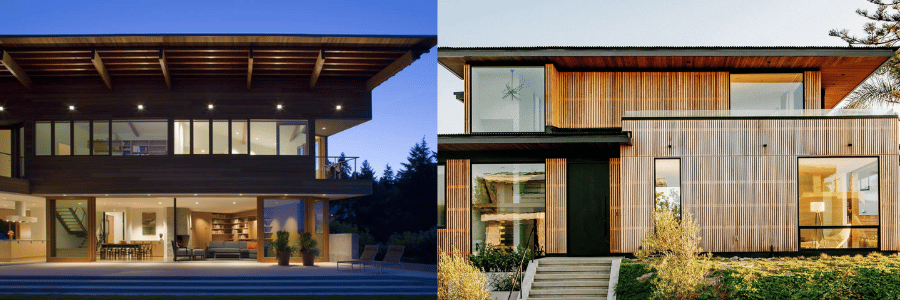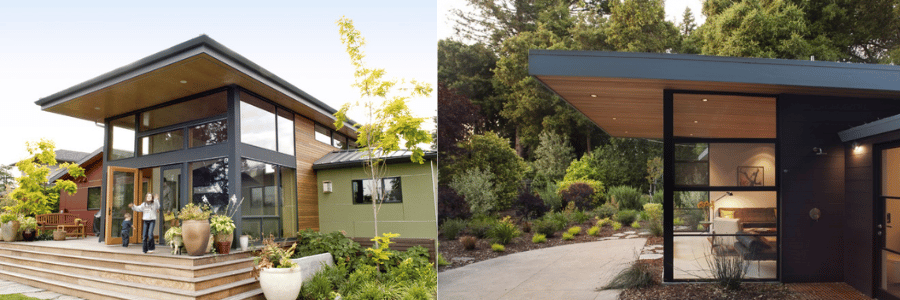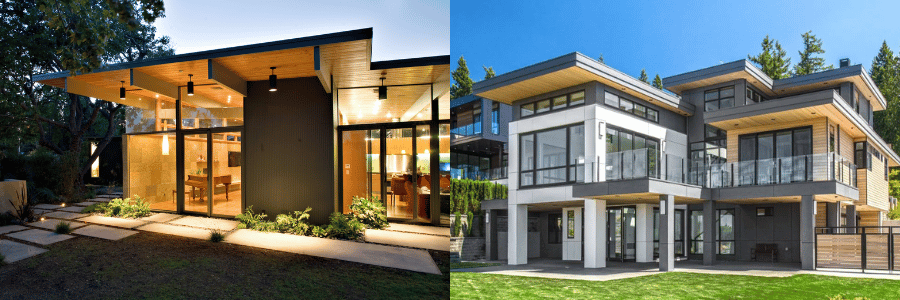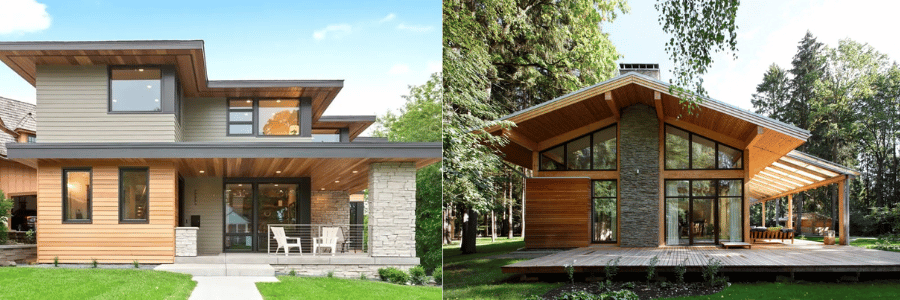Homes with large roof overhangs offer a unique design challenge and opportunity when it comes to window selection. The overhangs provide excellent shade and protection from the elements, but they also significantly impact the amount of natural light entering your home. Choosing the right windows can maximize the benefits of your overhangs while maintaining a bright and comfortable interior.

Understanding the Impact of Overhangs
Large roof overhangs are a fantastic feature, offering several key advantages:
- Sun Protection: They effectively shade windows during the hottest parts of the day, reducing solar heat gain and keeping your home cooler in summer. This can lead to significant energy savings.
- Weather Protection: Overhangs shield windows from rain, snow, and strong winds, extending the life of your windows and reducing the risk of damage.
- Aesthetic Appeal: They add architectural interest and visual depth to your home’s exterior.
However, this shading also means less direct sunlight penetrates your windows. This necessitates careful consideration when selecting the type and size of your windows.
Key Considerations for Window Selection:
- Window Placement: Consider the orientation of your windows relative to the sun’s path. Windows facing south (in the Northern Hemisphere) will receive more direct sunlight, even with overhangs. Windows on other facades might require larger panes or different window types to compensate for reduced sunlight.
- Window Size and Shape: Larger windows will generally let in more light, even with shading. However, overly large windows might compromise energy efficiency if not properly insulated. Consider the balance between light maximization and energy efficiency. The shape of the window can also influence light penetration. Taller windows might capture more light than wider ones, depending on the overhang’s design.
- Glass Type: High-performance glass with low-E coatings can significantly improve energy efficiency. These coatings reflect infrared radiation, reducing heat transfer. This is particularly important in homes with overhangs, as the reduced direct sunlight might lead to colder interiors in winter.
- Window Style: Various window styles offer different levels of light transmission. Casement windows, for example, can be opened to allow for ventilation and increased natural light. Picture windows offer unobstructed views but might not be as effective in maximizing light in heavily shaded areas.
- Interior Light Reflectance: The color and reflectivity of your interior walls and floors can significantly impact the overall brightness of your home. Lighter colors reflect more light, enhancing the effectiveness of your windows, especially in areas with limited direct sunlight.

Window Styles Suitable for Overhangs:
- Casement Windows: Their ability to open fully allows for excellent ventilation and can help to maximize light penetration.
- Awning Windows: These open outward at the top, allowing for ventilation while keeping rain out.
- Fixed Picture Windows: Ideal for showcasing views, but consider their size carefully to maximize light in shaded areas.
- Combination Windows: Combining different window styles in a single unit can optimize light and ventilation.

Conclusion: Balancing Light, Comfort, and Energy Efficiency
Choosing windows for a home with large roof overhangs requires a careful balance between maximizing natural light, maintaining energy efficiency, and preserving the aesthetic appeal of your home. By considering the factors discussed above and consulting with a qualified window professional, you can select windows that perfectly complement your home’s design and create a bright, comfortable, and energy-efficient living space.

